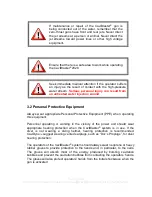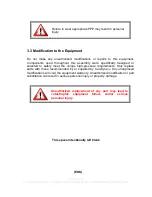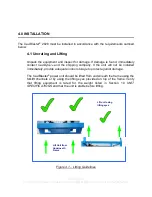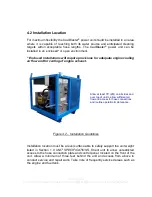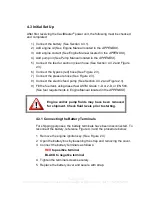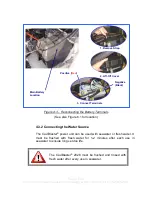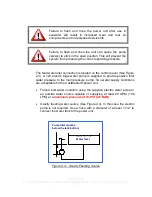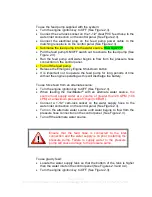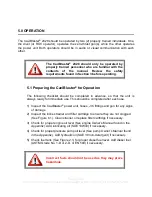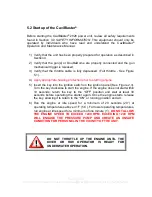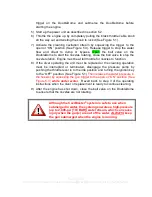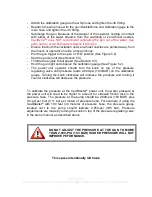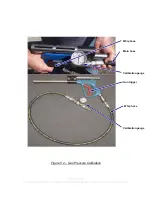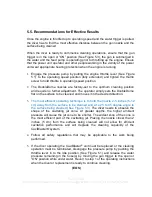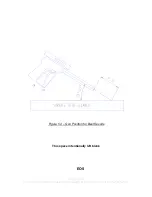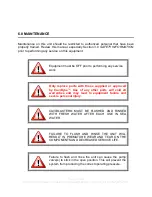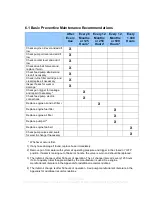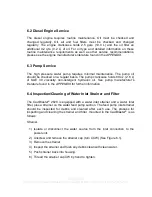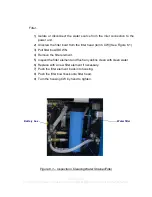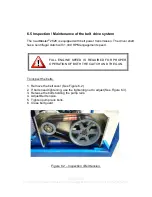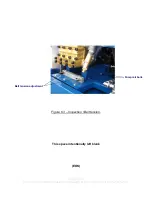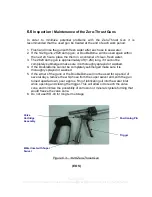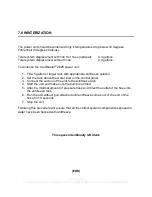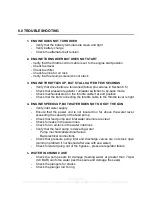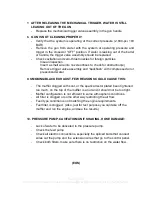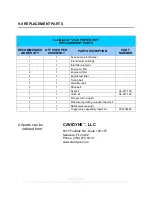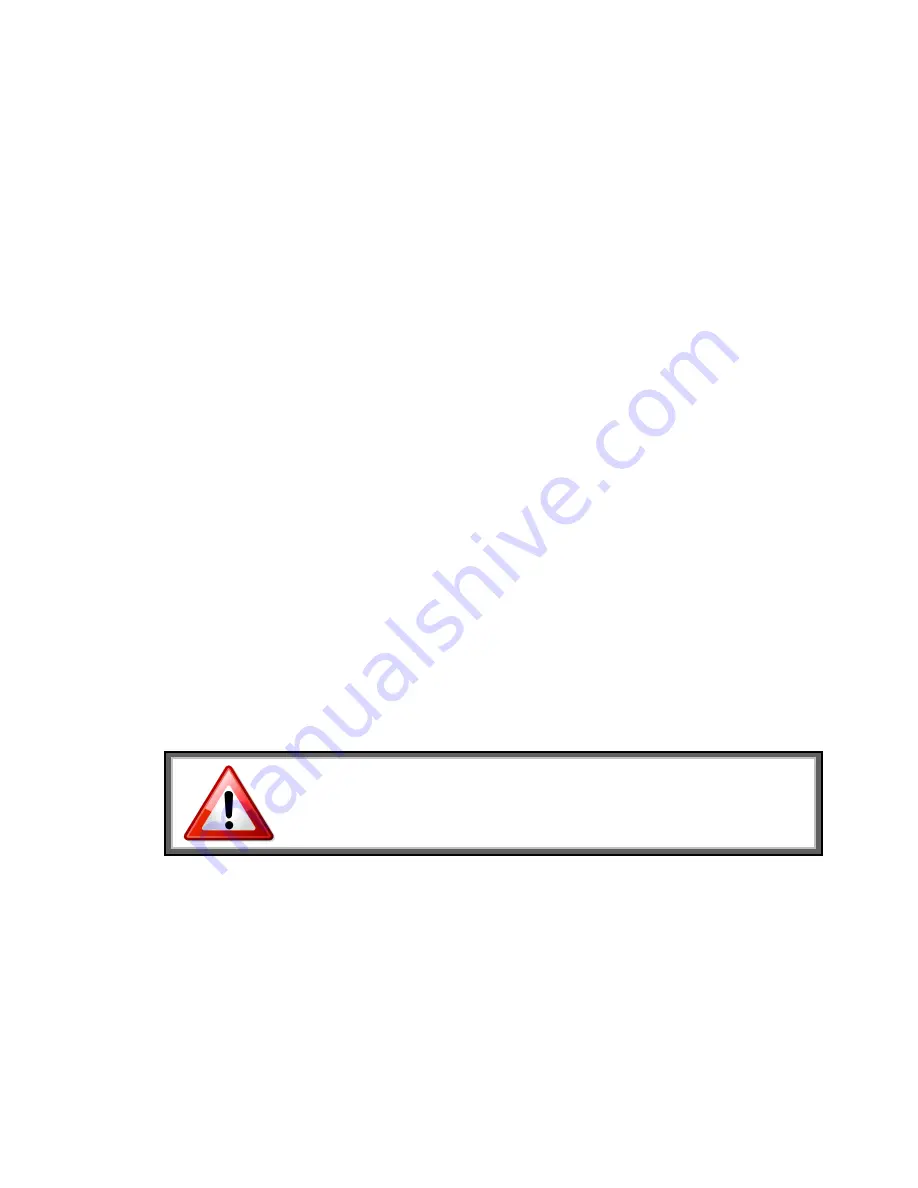
Page 27/43
For more information please email sales@cavidyne.com or call 1-(352)275-5319
- Attach the calibration gauge to the whip hose and tighten the JIC fitting.
- Reattach the whip hose with the gun/DoubleDome and calibration gage to the
main hose and tighten the JIC fitting.
- Submerge the gun. Because of the danger of the operator coming in contact
with either of the water streams from the cavitating or zero-thrust nozzles,
CaviDyne
TM
does NOT recommend calibrating the gun out of the water. Use
extra care to avoid both water streams if doing so.
- Ensure that both the cavitation and zero-thrust nozzles are pointed away from
the diver’s or operator’s hands, arms and body.
- Pull the gun
trigger to the open or “ON” position (See Figure 5.2).
- Start the power unit (See Section 5.3).
- Throttle the engine to full speed (See Section 5.3).
- Hold the gun tight and observe the calibration gauge (See Figure 5.2).
- The power unit operator should turn the knob on top of the pressure
regulating valve until pressure reads 2,800-psi (193 BAR) on the calibration
gauge. Turning the knob clockwise will increase the pressure and turning it
counter clockwise will decrease the pressure.
To calibrate the pressure at the CaviBlaster
®
power unit, the water pressure at
the power unit will need to be higher to account for sidewall friction loss in the
pressure hose. The pressure at the pump should be 2,800-psi (193 BAR) plus
0.5-psi per foot (0.11 bar per meter) of pressure hose. For example, if using the
CaviBlaster
®
with 100 feet (30 meters) of pressure hose, the pressure gauge
located next to the pump should indicate 2,850-psi (196 bar). Pressure
adjustments are made by turning the knob on top of the pressure regulating valve
in the same manner as described above.
This space intentionally left blank
DO NOT ADJUST THE PRESSURE AT THE GUN TO MORE
THAN 2,800-PSI. (193 BAR) HIGHER PRESSURE WILL NOT
IMPROVE PEFORMANCE.

